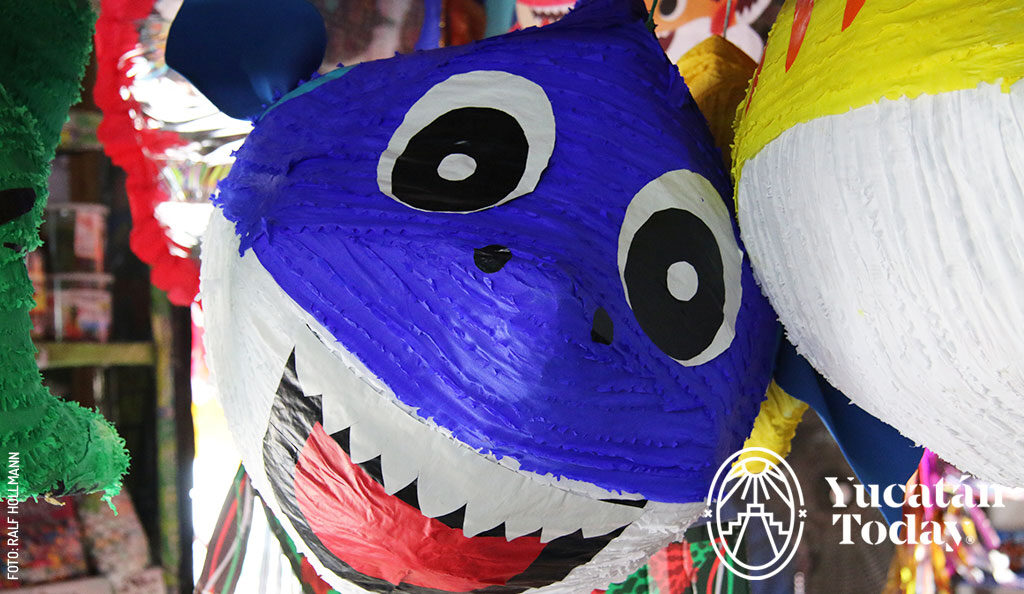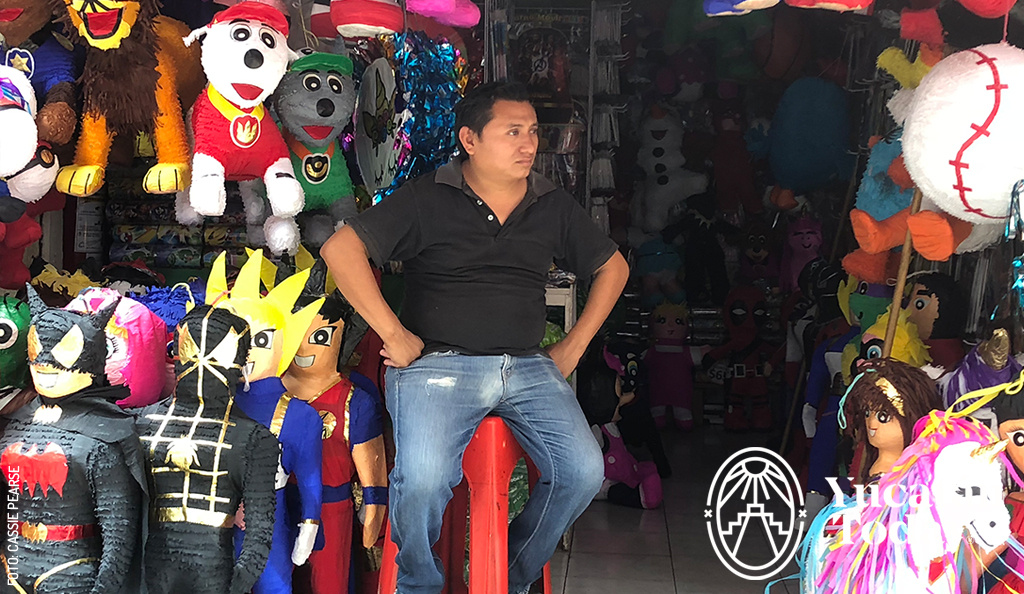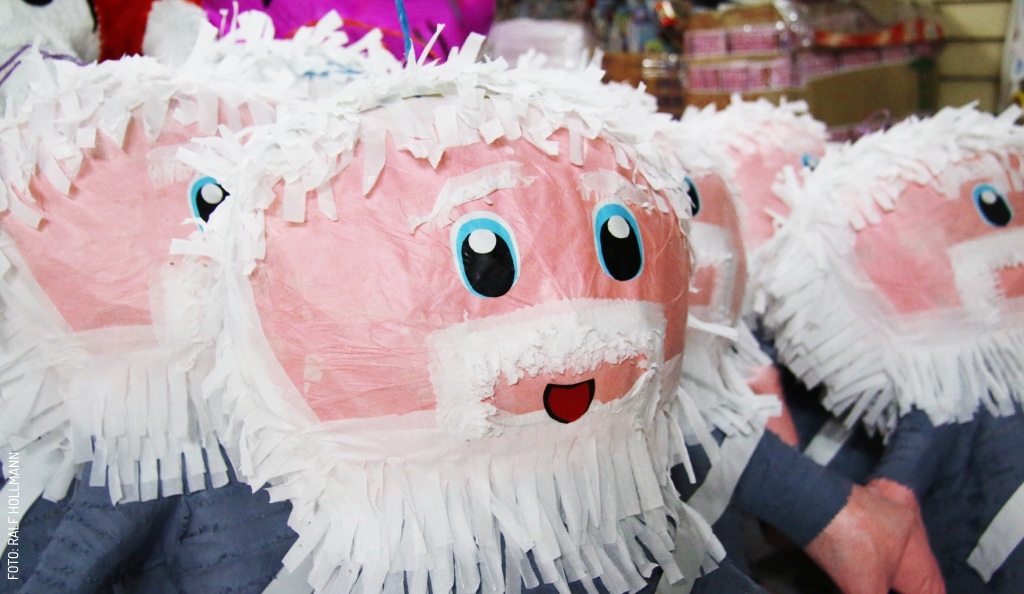
Hit it! It’s Piñata Season!
Hit it! It’s Piñata Season!
It's December and since piñatas are such a big part of Mexican culture, we would be remiss not to mention a little about them at this time of the year. During the holidays you'll see all kinds of these hand-made decorations, in all shapes, sizes, colors, and themes.
The History of the Piñatas
The history of the piñata goes back, according to generally agreed-upon sources, to Marco Polo finding them in China, where they were used to celebrate the arrival of the New Year. He brought them back to Italy, and from there they moved to Spain. When the Spanish popped over to what is now North and South America, they brought not only swords and crosses, but also piñatas to celebrate special occasions!
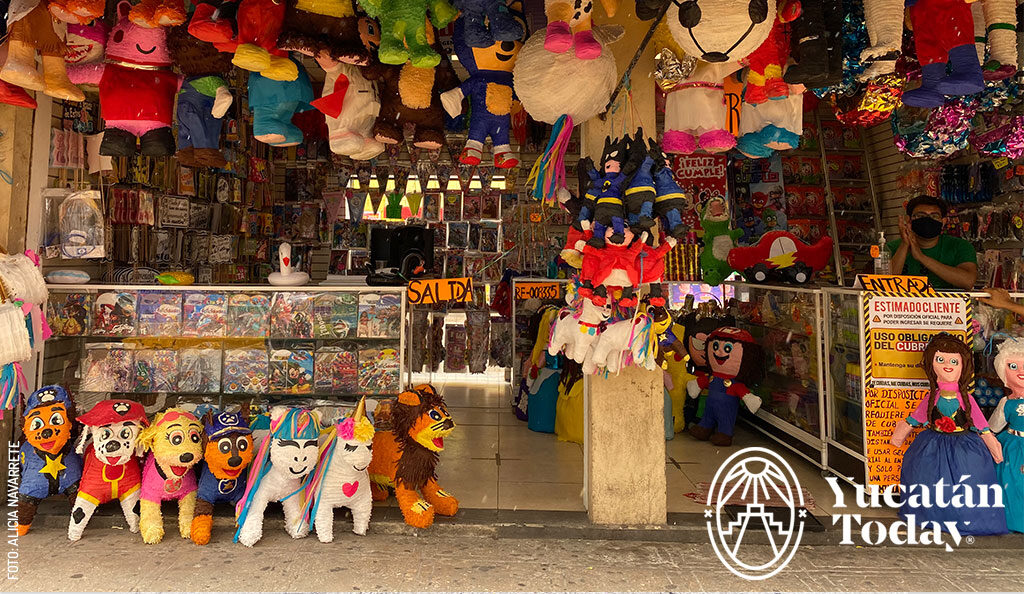
In 1586, Augustine monks began what we now know as the piñata tradition with clay pot models, decorated with seven points and shiny bits of colored paper. The practice soon spread throughout colonial México, and each part of the ritual represented something: faith is represented by the blindfold used by the person trying to break the piñata; the stick that is swung to beat the piñata represents the force of virtue that destroys trickery and falsehoods, and the contents, usually sweets or fruit, represent the truth and the gifts that nature provides us as a reward for our faith and perseverance. Everyone does love candy after all.
Piñatas were banned in the late 1700’s by the church who felt that the celebrations were becoming frivolous and moving away from their strict religious significance, but the move, like so many actions promoted by an out of touch and fun-hating church, failed as the general populace ignored the dictates of their priests and continued with their piñatas and by the year 1800 the ban was lifted.
Piñatas Nowadays
Nowadays, piñatas are common at Christmas, New Years, and birthdays. At Christmas, you'll generally see the seven pointed star varieties used, as these are the most traditional and have that religious background so popular around Christmas time. Birthdays are more for Spongebob Squarepants or Dora piñatas, and for New Years, there's a peculiar piñata that looks like an old man. This one is filled not with your favorite candies or fruit, but firecrackers, and when it comes time to "out with the old and in with the new" he is set on fire and subsequently explodes. Make sure you are aware of this tradition if visiting during this time; it is not the outbreak of war: those explosions and the smell of gunpowder are just Mexicans having fun.
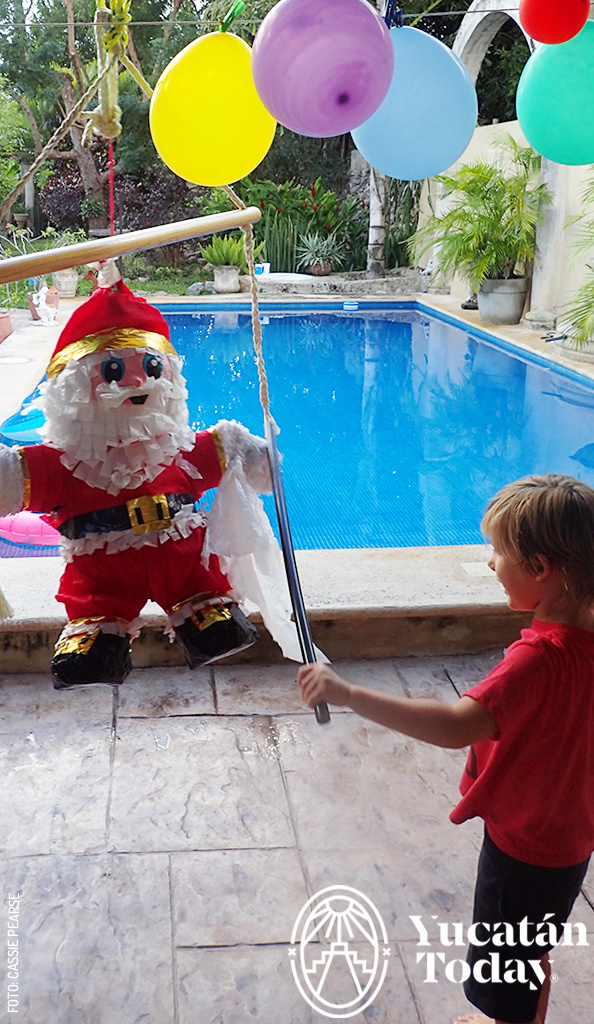 And while people used to fill their piñatas with fruit for Christmas celebrating, that tradition has gone by the wayside as today’s Costco and Oxxo-imbued youngsters are far less excited about a mandarin or an apple than a century ago, so it’s all about candies now.
And while people used to fill their piñatas with fruit for Christmas celebrating, that tradition has gone by the wayside as today’s Costco and Oxxo-imbued youngsters are far less excited about a mandarin or an apple than a century ago, so it’s all about candies now.
Breaking them has also evolved. Traditionally they’re hung with the help of a pulley that is installed in most Mérida homes (it’s in the garage, look for it) and the rope that raises and lowers the piñata within striking range is handled by the sadistic uncle who derives pleasure from having blindfolded children swing enthusiastically at the air, as he raises and lowers the object to be beaten. Singing the "dale dale dale" piñata song, adults must take care that the stick-wielding hitter does not severely injure bystanders, many of them children. The evolution has come in the form of safety – no more wild stick swinging - children are allowed to futilely beat the piñata with tiny fists until an adult, tired of waiting for something that will never happen, steps in, rips off one of the seven shiny sinful points or the yellow crepe-covered arm of Spongebob and showers the participants with candies.
All your party needs, from the actual piñata in any imaginable shape or theme, along with the myriad selection of candies to fill them, can be found in Mérida at many establishments at this time of the year, but one area, in particular, remains the traditional go-to spot... La Calle de las Piñatas (on Calle 65 x 54 y 56 in Mérida’s commercial center) is where you must go if you are motivated to get the most bang for your peso when shopping for a piñata and the sweets to put inside it. It is a great way not only to shop for those items, but also an opportunity to experience a part of Mérida that you might not otherwise have a reason to visit.
When choosing your piñata, you can go all out and buy a huge satellite style; the traditional piñata that comes to mind and that looks like a shiny planet with pointy bits for around $1,500 to $1,800 pesos, or you can purchase something smaller and less ambitious for much less. While the most economical piñatas can run you around $100 pesos, the ones sold the most are in the $300 to $400 peso range.
Where to shop:
Carlitos Calle 65 #475-C x 54 y 56 Centro, Mérida
They close at 8 pm
Tel. (999) 923 8169
Do you want to know more about this season in Yucatán?
- 6 Mérida Outings to enjoy Christmas with the whole family
- Christmas Festivities in Mérida
- Christmas in Yucatán
- The Tradition of La Rama
- Receive the New Year Visiting Yucatán
- Celebrations of January 6
Photography by Ralf Hollmann, Cassie Pearse and Alicia Navarrete for use in Yucatán Today.

Author: Ralf Hollmann
A bonafide Yucatecan born in Germany and raised in Canada, with a degree in Hospitality and Tourism from the British Columbia Institute of Technology and an occasional source of sometimes-deserved snark, Ralf has experience traveling, leisure tourism, copyediting, creative writing. He also plays the guitar and enjoys taking photos. IG: ralf.around.the.world
In love with Yucatán? Get the best of Yucatán Today delivered to your inbox.
Related articles
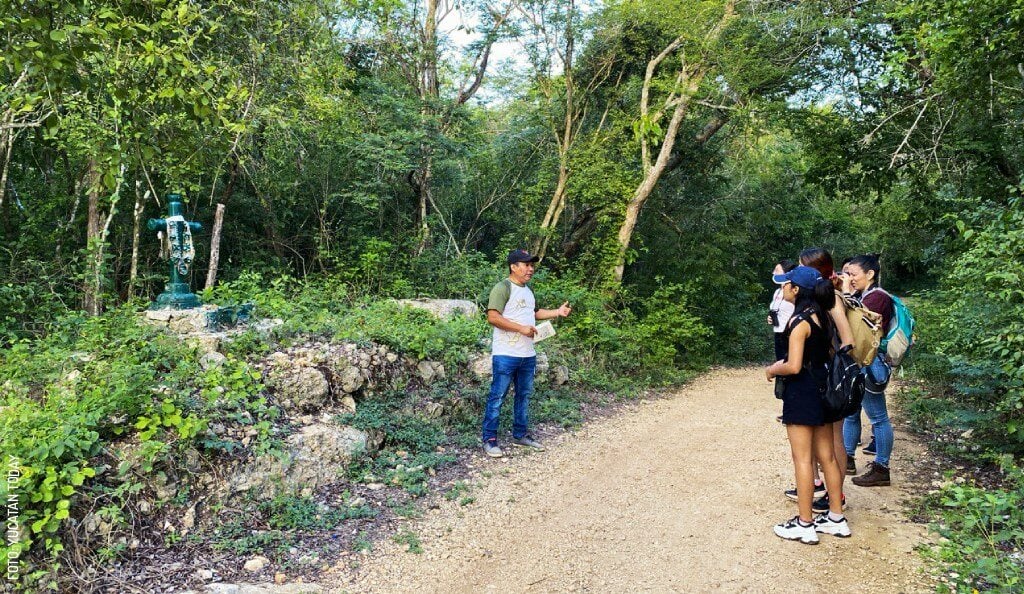
A practical guide to tipping in Mérida: When to tip and how much?
If you’re visiting Yucatán and wondering when and how much to tip, and whether it’s mandatory or even expected, this guide is for you!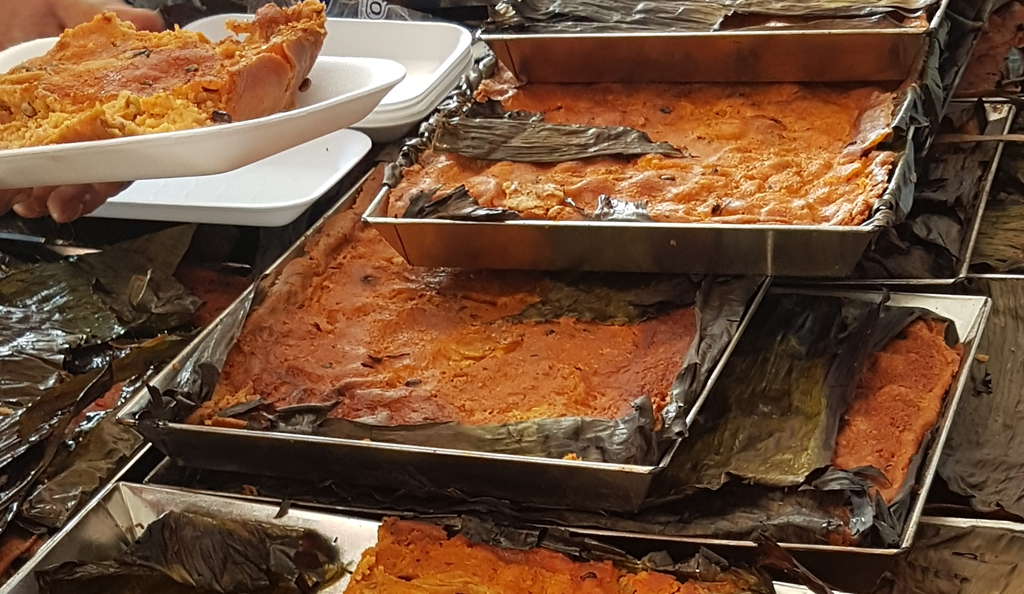
Yucatecan “Soul Food” for Janal Pixan
Something that definitely brings us joy are the traditional dishes of this season and the Hanal Pixán celebrations in Yucatán, get to know them all!



